
The Growing Threat of Space Debris: Managing Earth’s Crowded Orbit
The Growing Threat of Space Debris: Managing Earth’s Crowded Orbit
Tuesday 1, 2025 | 4,367 Views
In 2025, approximately 10,000 active satellites orbit Earth, a number that has grown rapidly due to advancements in space technology and the rise of mega-constellations like SpaceX’s Starlink. While this surge has enhanced global communication, navigation, and scientific research, it has also intensified concerns about space debris, posing a serious threat to operational spacecraft and future missions. Without immediate intervention, the increasing clutter in Earth’s orbit could make space operations significantly riskier and more expensive, ultimately impacting crucial services on Earth.
The Boom in Satellite Deployments
The last decade has witnessed an unprecedented increase in satellite launches, driven by commercial entities, government agencies, and international organizations. Companies like SpaceX, Amazon (with Project Kuiper), and OneWeb aim to provide global internet coverage, deploying thousands of satellites in low Earth orbit (LEO). Starlink alone accounts for a significant share, with plans to expand its network beyond the existing 5,000-plus satellites.
The widespread adoption of satellite technology has brought undeniable benefits, from enhancing global connectivity to supporting scientific discoveries. However, this expansion has also led to a rapid accumulation of defunct satellites, spent rocket stages, and fragmented debris from past collisions. The congested orbital environment has raised alarm among astronomers and space agencies, as an increase in satellite density also increases the likelihood of catastrophic collisions.
The Space Debris Crisis
Space debris consists of defunct satellites, abandoned rocket bodies, and fragments from accidental collisions. These objects travel at speeds of up to 28,000 km/h (17,500 mph), making even small debris a lethal hazard for active spacecraft. The infamous Kessler Syndrome—a scenario where cascading collisions generate more debris, further increasing collision risks—has long been a concern for space experts.
Already, near-misses between satellites and debris are becoming more frequent. In 2021, the International Space Station (ISS) performed multiple maneuvers to avoid debris threats, highlighting the growing challenge of operating safely in space. According to NASA and the European Space Agency (ESA), there are currently over 130 million pieces of debris larger than a millimeter in orbit, each with the potential to cause severe damage to operational satellites.
The consequences of an unchecked rise in space debris are dire. A collision between two large objects could create thousands of new fragments, increasing the likelihood of further collisions. Such a scenario could compromise essential services, including weather forecasting, GPS navigation, international communications, and scientific research conducted via space telescopes and probes.
Mitigation Efforts and Future Solutions
Recognizing the urgency of the space debris problem, space agencies and private companies are actively working on mitigation strategies:
-
Active Debris Removal (ADR): Technologies such as robotic arms, nets, and harpoons are being developed to capture and deorbit space debris safely. Companies like Astroscale and ClearSpace are pioneering ADR missions to clean up space junk, with upcoming test missions planned to demonstrate the feasibility of large-scale debris removal.
-
End-of-Life Deorbiting: Many new satellites are now equipped with propulsion systems or drag sails to ensure they re-enter Earth’s atmosphere and burn up at the end of their operational life. This design philosophy aims to prevent the accumulation of non-functional satellites in orbit.
-
Improved Space Traffic Management (STM): AI-driven collision avoidance systems help satellite operators predict and prevent potential crashes. Companies like LeoLabs and space agencies are investing in STM frameworks to enhance real-time tracking and coordination among satellites.
-
Regulatory Measures: International organizations like the United Nations Office for Outer Space Affairs (UNOOSA) and the Committee on the Peaceful Uses of Outer Space (COPUOS) are working on stricter guidelines for sustainable space operations. Governments and space agencies are being urged to adopt responsible satellite deployment strategies and invest in debris mitigation policies.
Beyond these technical solutions, fostering international cooperation is essential. The growing number of private and governmental space actors necessitates the creation of global regulatory frameworks that enforce responsible practices. The challenge remains in balancing commercial interests with long-term space sustainability.
The Future of Space Sustainability
As the number of satellites continues to rise, space sustainability must remain a priority. Governments, private enterprises, and space agencies must collaborate on innovative solutions to prevent the long-term consequences of uncontrolled debris buildup. Without proactive measures, the increasing clutter in orbit could hinder future space exploration and endanger essential satellite services on which modern society depends.
New initiatives, such as self-destructing satellites and biodegradable satellite components, are being explored to reduce long-term debris accumulation. Additionally, future missions may incorporate space debris recycling technologies, turning discarded materials into useful resources for in-orbit manufacturing.
The challenge is complex, but with continued advancements in technology and international cooperation, humanity can work toward a cleaner and safer space environment. A balance must be struck between harnessing the benefits of satellite technology and ensuring that Earth’s orbit remains navigable for generations to come. Only through coordinated action can we ensure that space remains an accessible and sustainable domain for future exploration and scientific advancement.
News in the same category


Peter Andre teases ‘special’ project with wife Emily: ‘We are having exciting meetings’

I’m A Celebrity star Kelly Brook’s husband reveals when he’s flying out to Australia

Kris Jenner shows support for Meghan Markle weeks after Kardashians photo scandal

Inside Angry Ginge’s ‘bromance’ with Angry Ginge – how they met; ‘going to war’ over diss track; huge ‘risk’ that ‘paid off’

Ant McPartlin’s tattoos explained – tribute to wife Anne-Marie; uproar over ‘missing’ family member; nod to his recovery

Emmerdale disaster incoming: Bear’s fate ‘sealed’ as Joshua Richards makes devastating admission

Robron plot Kev’s downfall – but Emmerdale fans declare they ‘love him’

Inside I’m A Celebrity star Lisa Riley’s relationship with partner Al – sparkly engagement ring; ‘ridiculous’ wedding costs; marriage U-turn

Gemma Atkinson addresses having another baby with Gorka Márquez: ‘A third would be nice’

Chocolate Milk: The Surprisingly Powerful Recovery Drink Backed by Science

Don’t Pour Out Overnight Tea — It Actually Has 5 Surprisingly Useful Benefits

The Cancer-Fighting Vegetable Rated the World’s Best by the U.S.—And It’s Sold Everywhere in Vietnam

5 Vegetables That “Fight Back” Against Cancer Cells — And You Can Easily Grow Them on Your Balcony

13 Affordable but Highly Nutritious Foods: Ideal for People Experiencing Fatigue or Weakness
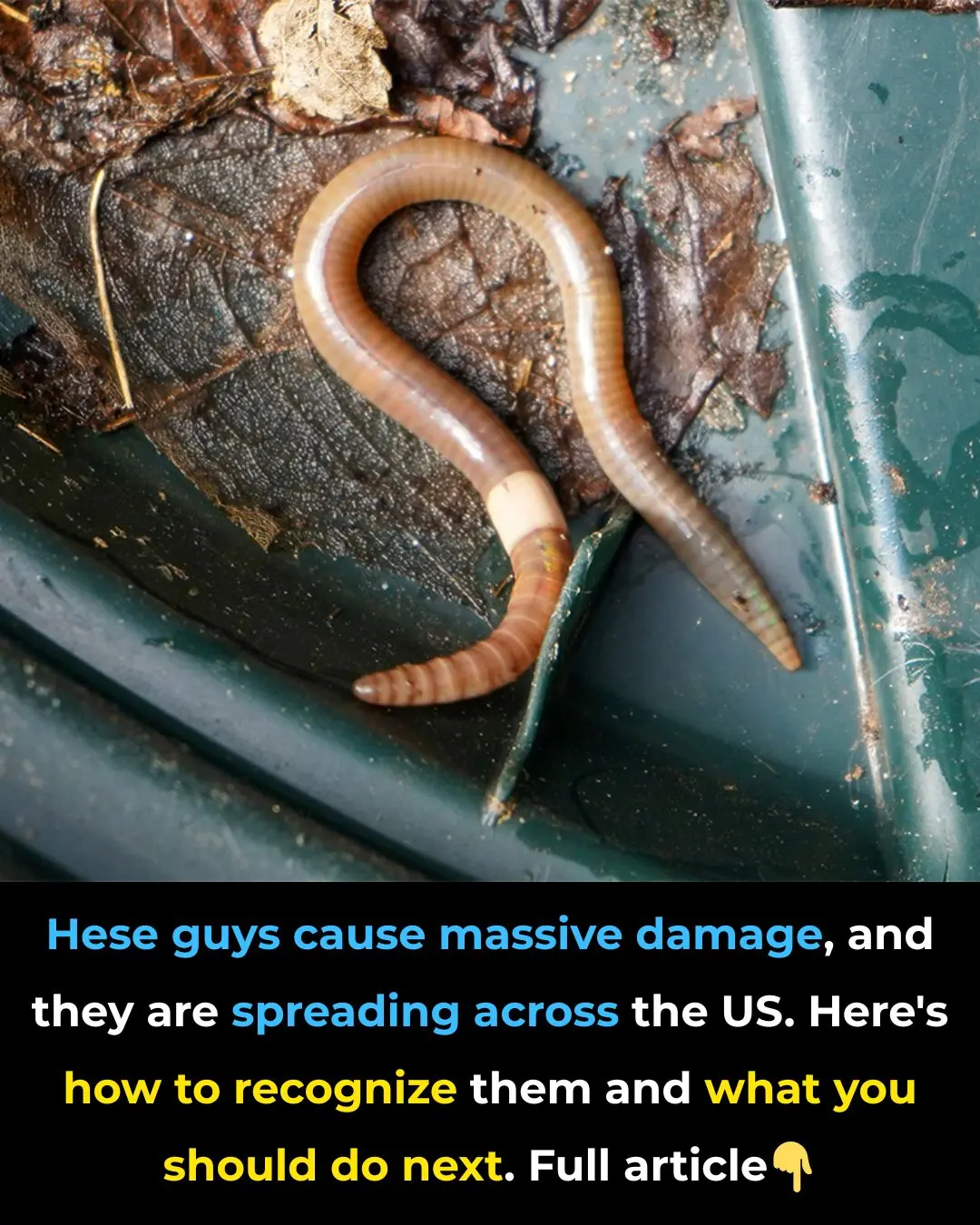
These pests are causing massive damage — and they’re spreading fast across the U.S. Here’s how to recognize them and what to do next
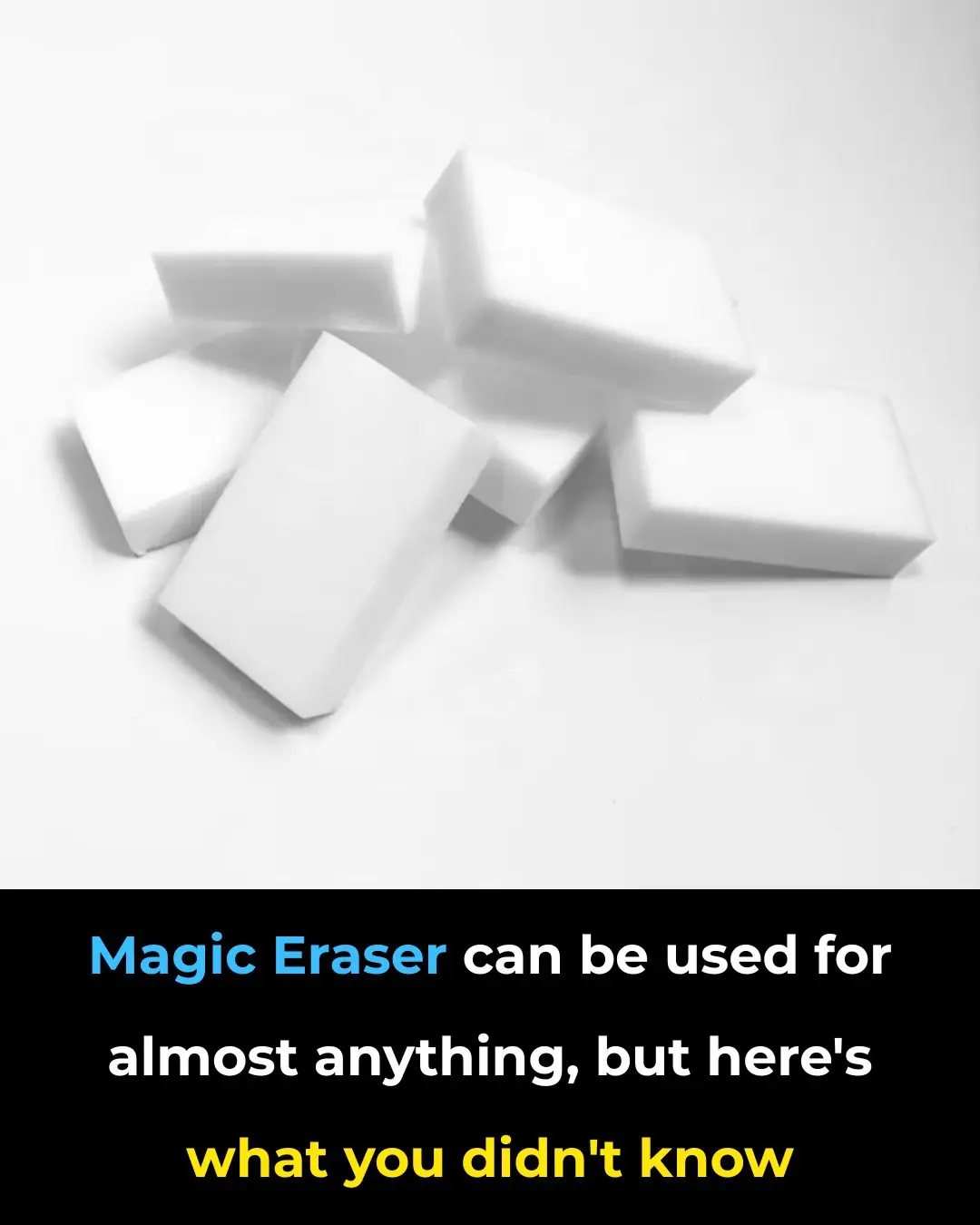
Magic Eraser Can Clean Almost Anything — But Here’s What You Didn’t Know
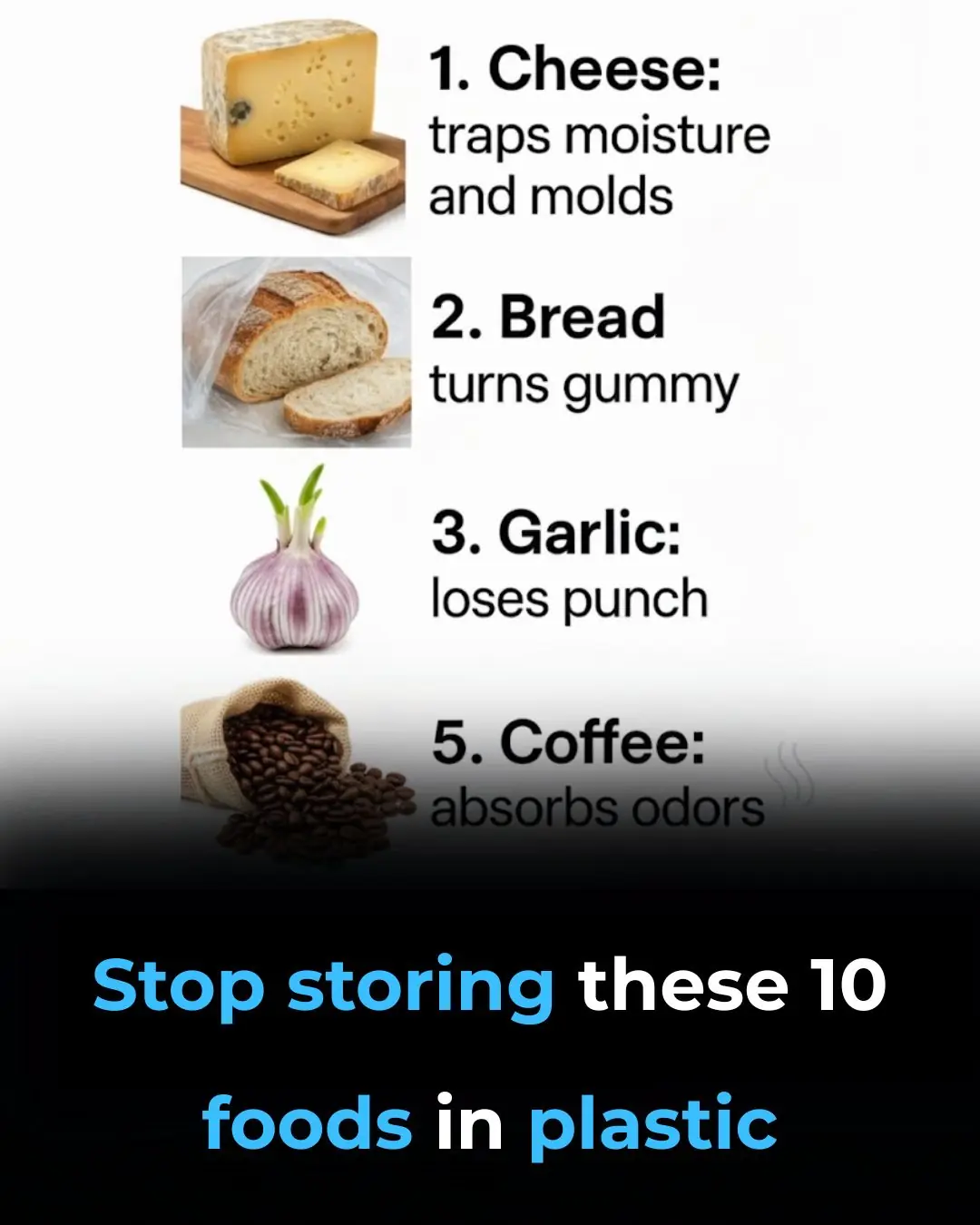
Stop Storing These 10 Foods in Plastic
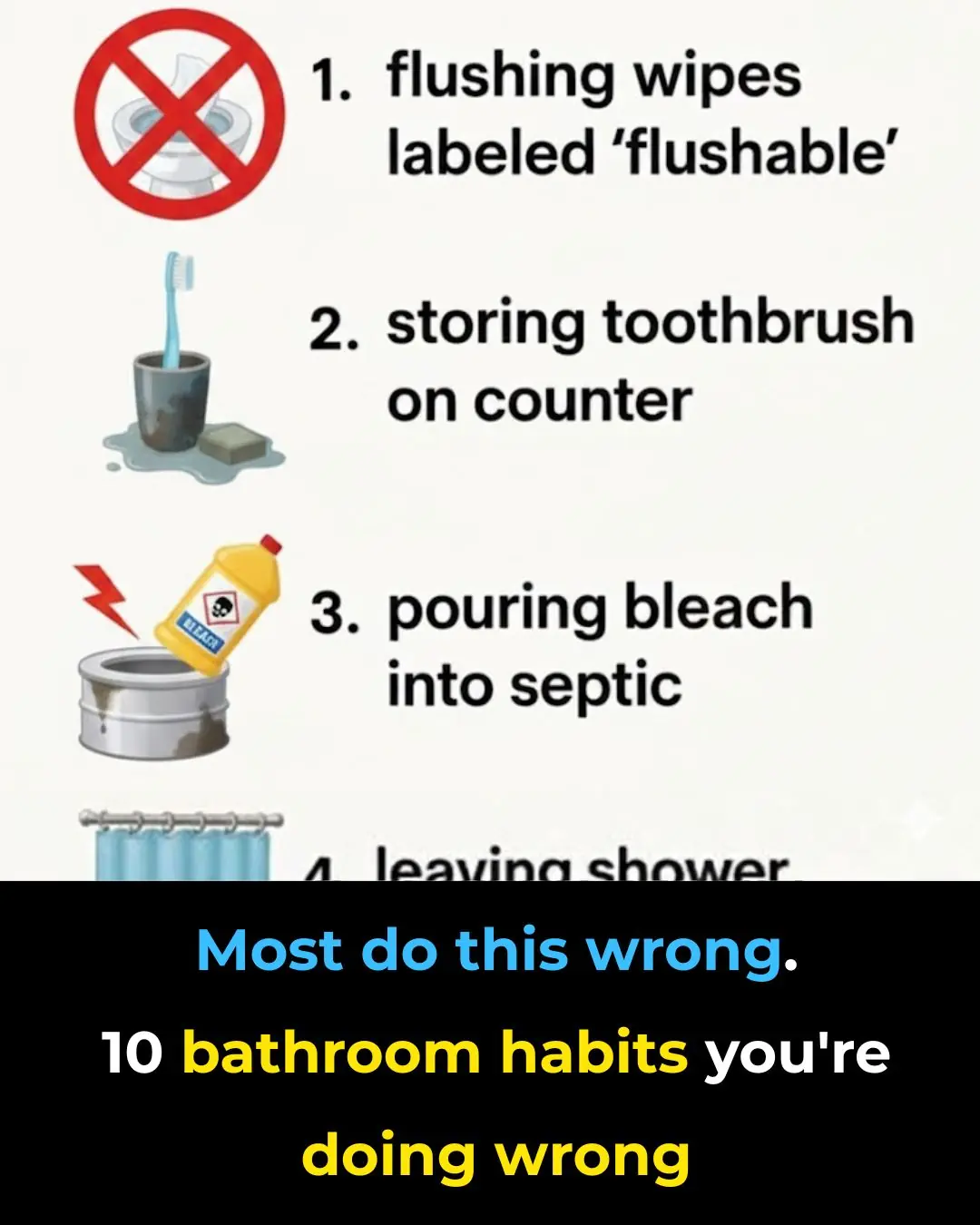
Most people do these wrong: 10 bathroom habits you need to fix

Roman Kemp tells sister Harleymoon he has stopped taking antidepressants in Celebrity Race Across the World confession
News Post

Injectable Gel Breakthrough Brings New Hope for Nerve Regeneration

Why Boiled Eggs Deserve a Spot on Your Breakfast Table
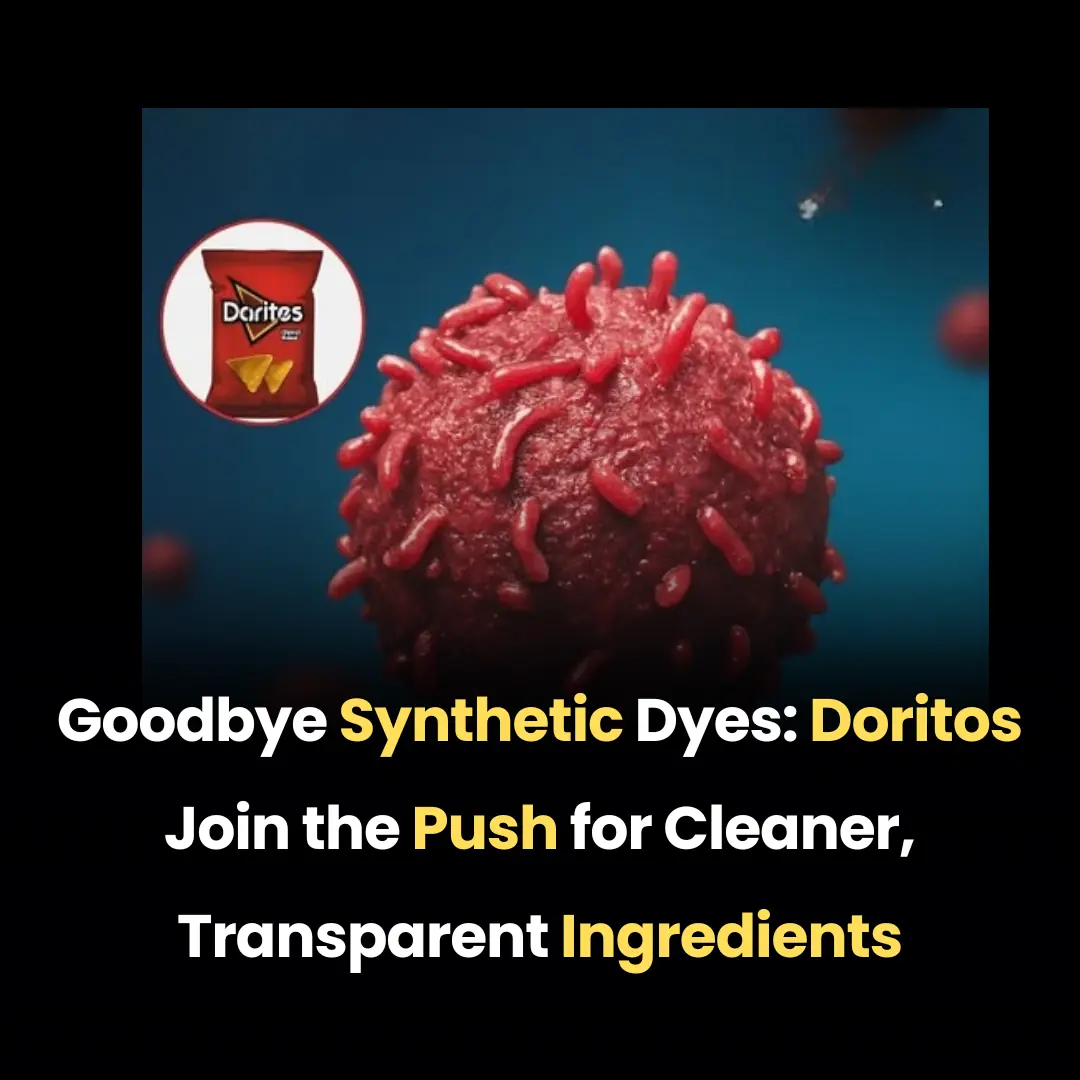
Goodbye Synthetic Dyes: Doritos Join the Push for Cleaner, Transparent Ingredients
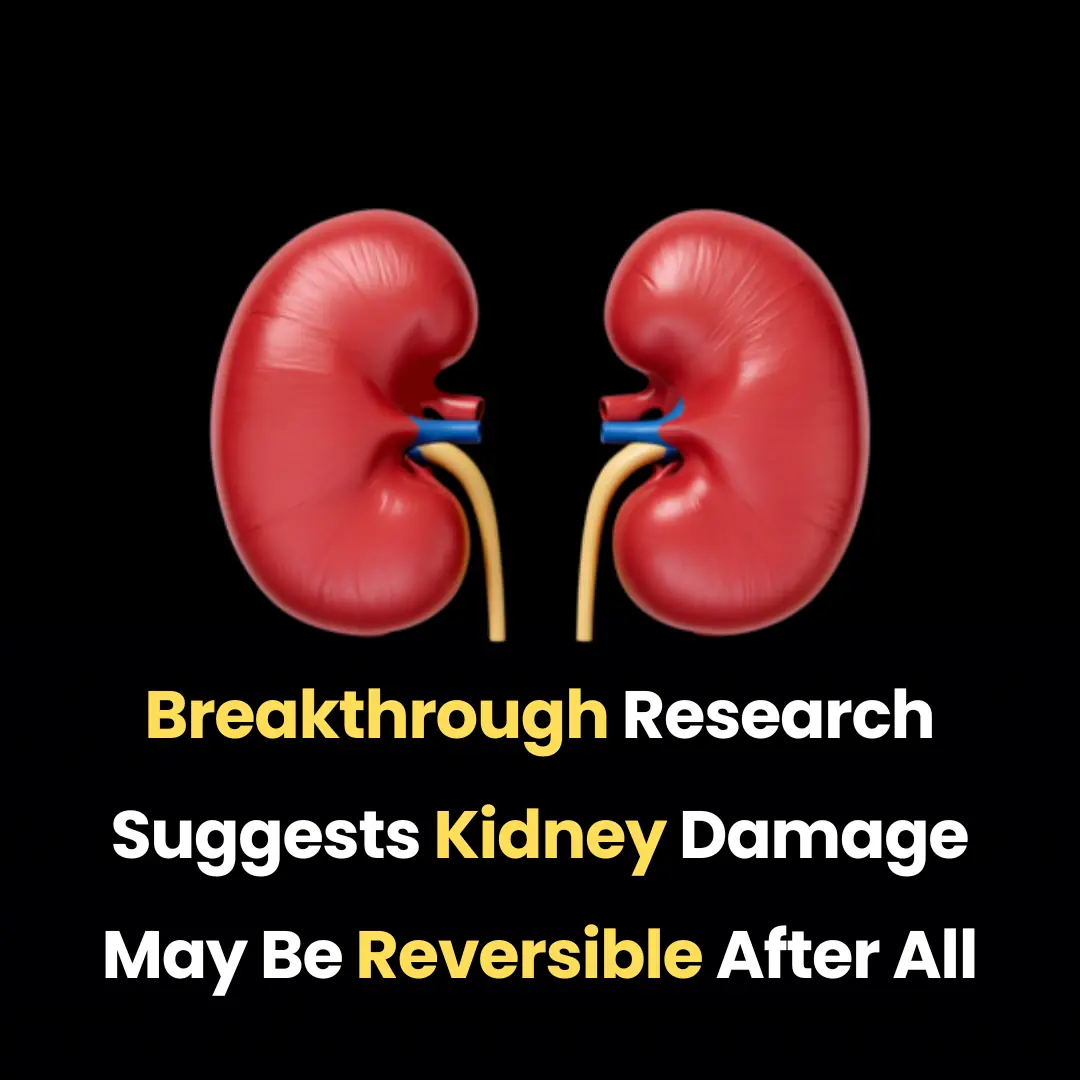
Breakthrough Research Suggests Kidney Damage May Be Reversible After All

How Intermittent Fasting Protects the Heart: New Evidence on Blood Clots and Cardiovascular Health

New Evidence Links Hepatitis C to Brain Pathways in Mental Illness

ITV breaks silence as Celebrity Big Brother is ‘axed from ITV schedule’

Peter Andre teases ‘special’ project with wife Emily: ‘We are having exciting meetings’

🚫 When to Avoid Ginger — 6 Medical Conditions That May Be Affected

What Happens to Your Body When You Eat Canned Tuna Every Day

I’m A Celebrity star Kelly Brook’s husband reveals when he’s flying out to Australia

Kris Jenner shows support for Meghan Markle weeks after Kardashians photo scandal

Inside Angry Ginge’s ‘bromance’ with Angry Ginge – how they met; ‘going to war’ over diss track; huge ‘risk’ that ‘paid off’

Ant McPartlin’s tattoos explained – tribute to wife Anne-Marie; uproar over ‘missing’ family member; nod to his recovery

Emmerdale disaster incoming: Bear’s fate ‘sealed’ as Joshua Richards makes devastating admission

How Do Farmers Grow Avocado Trees

Robron plot Kev’s downfall – but Emmerdale fans declare they ‘love him’

If You See a Woman Wearing a Wedding Ring On Her Pinky, Here's What It Means

2-Minute Painless Hair Removal: Natural At-Home Solution
